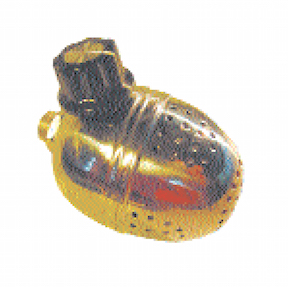When I was a teenager, my parents would occasionally go away for the weekend, leaving the house to my younger brother and me. Instead of throwing wild parties, I would rent a four-track cassette recorder, and my best friend Geoff and I would record songs that we’d improvised, laughing from Friday night until Sunday afternoon.
Later, it became part of my job to make records, and other people began choosing the microphones and the outboard processors, and large bills were rung up in expensive studios around the world. Still, when I got home, I would slink down to the basement and record ideas and fiddle with equipment. Before I knew it, I had a collection of my own recording gear.
For a while, I was content collecting the same German microphones as everyone else. But there comes a point in every collector’s life when the Holy Grails of collecting give way to esoterica: The collector of first growth Bordeaux moves on to the unknowable mysteries of Burgundy; the collector of Beatles rarities becomes a specialist in South American psychedelia. Now I find myself squatting naked in the aisles of eBay, searching for recording gear both unique and cheap. Which is how I came across the Egg-Static Harp Mic.
Built in a garage or a basement somewhere in America for blues harmonica players to plug into a guitar amp, it is an old-fashioned solid metal tea ball (the kind with holes stamped into it, not the mesh type) with a ceramic element inside and a quarter-inch jack on the bottom. It cost twenty dollars, so I bought two.
I decided to record an entire song with the Egg-Static mic, to see what it could really do. I felt like Bryan Ferry crooning suavely into that slender microphone I remember from photographs as a child, although I suspect I looked more like Gene Rayburn from Match Game.
When I listened back, I couldn’t hide my disappointment. Because the Egg-Static amplified handling noise, the slightest movement of my fingers would render a track unusable. But more than that, I had hoped the Egg-Static mic would carry with it some kind of underground mojo, some kind of extra sauce that would add soul and dirt to my music. I stupidly imagined that it would infuse my own voice with a weathered wisdom and sadness I could never otherwise possess. It didn’t. I just sounded kind...
You have reached your article limit
Sign up for a digital subscription and continue reading all new issues, plus our entire archives, for just $1.50/month.
Already a subscriber? Sign in





